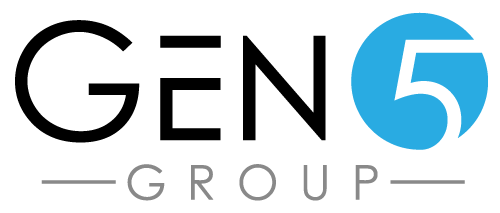Blog
Scenario Modeling for Personal Care Products
Many personal care products aspire to deliver both immediate results as well as prolonged effects over time. Yet, when addressing conditions like body odor, greasy hair, or oily skin, the nature of human biology brings unique challenges to the product development...
Innovating for Safety in a Post-Pandemic World
With vaccines in distribution, there is cautious optimism that the end of the pandemic may be in view. But pandemic-driven changes to consumer attitudes and behaviors may well endure into the future. Over the past year, stop-gap safety measures based on existing...
Resolving Contradictions in Medical Technology
R&D professionals regularly encounter contradictory requirements as a matter of course in almost every innovation program. Increasing the performance of one parameter is directly correlated with a decrease in performance of another important system parameter. ...
Tips for Technology Scouting Programs
In a world of seemingly infinite knowledge, technology scouting holds great promise for companies looking to discover and unlock new sources of economic value. Innovation programs depend on scouting efforts to find enabling technologies that are actionable and...
When Open Innovation Programs Fail
Since the introduction of Open Innovation (“OI”) over a decade ago, companies have been opening their doors to new forms of collaboration and information access. Indeed, staying competitive in an environment of rapid technological change and evolving consumer...
Uncovering New Sources of Customer Value
If your product could speak, what would it say? If your system was hiding sources of customer value, how would you know it? If your customers could inquire about technologies beyond their understanding, what would they ask for? The Voice of the Product (VOP) is a...
Keeping R&D Relevant During a Global Pandemic
As keeper of the company’s medium- and long-term innovations, R&D management has the opportunity and responsibility of charting the pathway forward from the current upheaval of the coronavirus pandemic. The Covid-19 pandemic has challenged each of us individually,...
The Discipline Behind Breakthrough Ideas
Over the past decade, business leaders have become convinced of the need to extend the reach of R&D beyond the corporate center. However, in the chase to find externally sourced solutions, companies have repeatedly failed to realize the promised benefits of going...
Technology Incubation and Corporate R&D
Corporate R&D is under mounting pressure to keep pace with technological advancement that is moving at record speed and a shifting competitive landscape where innovation increasingly occurs in startups outside of the corporate R&D center. Further complicating...
The Next Generation of Innovation
Given dramatic shifts in the pace and complexity of technological advancement, it has become increasingly evident that corporations need a more flexible, agile, and predictable means for identifying and capturing new, profitable growth opportunities. Accordingly, GEN3...










